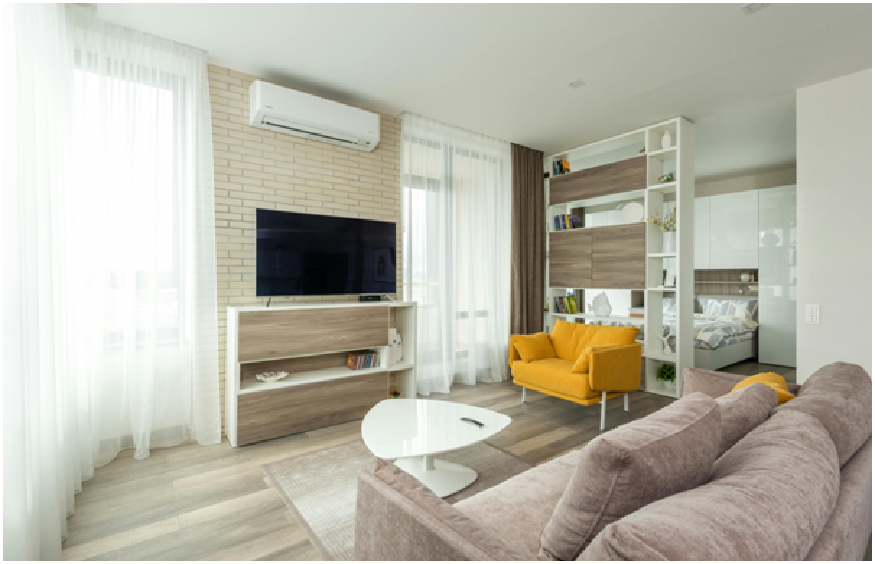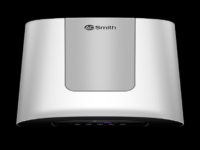Air Conditioning Systems and the Transformation of Modern Living

We often take for granted the cool comfort of our air-conditioned spaces, especially in the scorching heat of an Australian summer,. Yet, the story of how air conditioning systems evolved from luxury to necessity is a fascinating journey that mirrors the progress of modern society. Let’s explore how these marvels of engineering have shaped our world and continue to innovate for a cooler future.
Early Air Conditioning Systems – the Birth of Cool
The concept of air conditioning dates back to ancient times, but the modern air conditioning system as we know it today was born in the early 20th century. In 1902, Willis Carrier invented the first electrical air conditioning unit, initially designed to control humidity in a printing plant. This invention laid the groundwork for the comfort revolution that was to come.
Early air conditioning systems were massive, expensive, and primarily used in industrial settings. It wasn’t until the 1950s that residential air conditioning began to gain popularity, coinciding with the post-war housing boom in many countries.
The Transformational Impact of Air Conditioning
The widespread adoption of air conditioning systems had far-reaching effects on society:
- Architecture and Urban Planning: With the ability to cool indoor spaces efficiently, architects could design buildings with larger windows and open floor plans. This led to the iconic glass skyscrapers that define modern cityscapes.
- Population Shifts: Air conditioning made it more comfortable to live and work in hot climates. This contributed to population growth in the southern United States and other warm regions around the world.
- Productivity and Economy: Cool, comfortable workplaces led to increased productivity. Industries like technology, with heat-sensitive equipment, could thrive in any climate.
- Health and Wellbeing: Air conditioning systems improved indoor air quality and reduced heat-related illnesses, particularly for vulnerable populations like the elderly.
The Evolution of Cooling Technology
As air conditioning systems became more common, the focus shifted to improving efficiency and reducing environmental impact:
- Energy Efficiency: Modern systems use advanced compressors and improved refrigerants to cool spaces using less energy.
- Smart Technology: Today’s air conditioners can be controlled via smartphones and integrate with home automation systems for optimized performance.
- Zoned Cooling: Advanced systems allow for different temperatures in various areas of a building, reducing energy waste.
- Air Quality: Many modern air conditioning systems include air purification features, removing allergens and pollutants from indoor air.
- Eco-Friendly Refrigerants: The industry has moved towards refrigerants with lower global warming potential, reducing the environmental impact of air conditioning.
Tailored Cooling Solutions
As air conditioning technology has advanced, different types of systems have been developed to suit various needs and spaces. Two of the most popular types for residential and commercial use are ducted and wall-split systems:
Ducted Air Conditioning Systems:
Ducted systems are whole-home cooling solutions that provide consistent temperature control throughout an entire building. Here’s how they work:
- Central Unit: A large, powerful unit is typically installed in the roof space or outside the building.
- Ductwork: A network of ducts distributes cooled air to different rooms or zones.
- Vents: Discreet vents in the ceiling or walls deliver the cooled air into each space.
- Zoning Capabilities: Many ducted systems allow for different temperatures in various areas of the home or building.
Benefits of ducted systems:
- Even cooling throughout the entire space
- Aesthetically pleasing, with only vents visible in living areas
- Quiet operation, as the main unit is located away from living spaces
- Ideal for larger homes or commercial buildings
Wall-Split Air Conditioning Systems:
Wall-split systems, also known as ductless mini-splits, are versatile solutions for cooling individual rooms or open-plan areas. They consist of:
- Outdoor Unit: A compressor unit installed outside the building.
- Indoor Unit(s): One or more wall-mounted units installed inside the rooms to be cooled.
- Refrigerant Lines: Small pipes connecting the outdoor and indoor units.
Benefits of wall-split systems:
- Flexibility to cool specific areas or rooms
- Easy installation with minimal structural changes
- Energy-efficient, as they don’t lose cooling through ductwork
- Ideal for retrofitting older buildings or cooling additions
Both ducted and wall-split systems have seen significant technological advancements in recent years:
- Inverter Technology: This allows the system to adjust its output based on the cooling needs, resulting in more efficient operation and consistent temperatures.
- Smart Controls: Many modern systems can be controlled via smartphone apps or integrate with home automation systems.
- Air Purification: Advanced filtration systems help improve indoor air quality by removing allergens and pollutants.
- Energy Efficiency: Newer models are designed to meet stringent energy efficiency standards, helping to reduce operating costs and environmental impact.
Choosing between ducted and wall-split systems depends on factors such as the size of the space, building structure, budget, and specific cooling needs. Many homeowners and businesses opt for a combination of both types to achieve optimal cooling efficiency throughout their properties.
The Future of Cooling
As we face the challenges of climate change and urbanisation, the future of air conditioning systems looks both exciting and crucial. Innovations in materials science, such as heat-reflective coatings and advanced insulation, may reduce our reliance on mechanical cooling. Meanwhile, advancements in artificial intelligence and IoT (Internet of Things) technology promise to make our cooling systems smarter and more efficient than ever before.
From its humble beginnings to its current status as an essential part of modern life, the air conditioning system has come a long way. As we continue to innovate and improve this technology, we move towards a future where comfort and sustainability go hand in hand, keeping us cool while protecting our planet.





